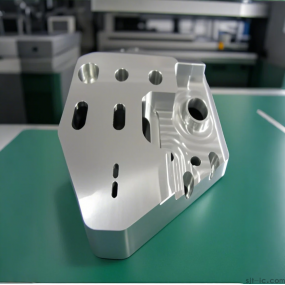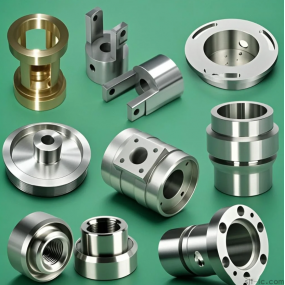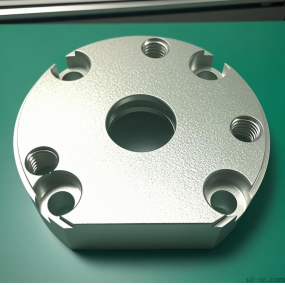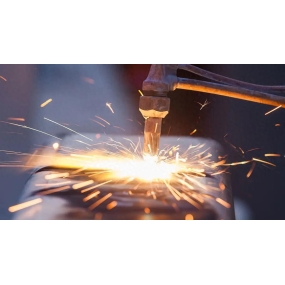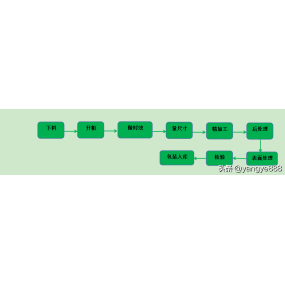Hey there! If you're sourcing CNC machined brass parts, you've probably noticed that not all brass alloys are created equal. I've seen engineers and procurement managers spend weeks troubleshooting parts that tarnish too quickly or machines that gum up during production – often because they picked the wrong brass material from the start. 🚨
Today, let's cut through the confusion and answer the burning question: What brass alloy should you actually choose for your CNC project? I'll share not just textbook answers but real-world insights from the machine shop floor.
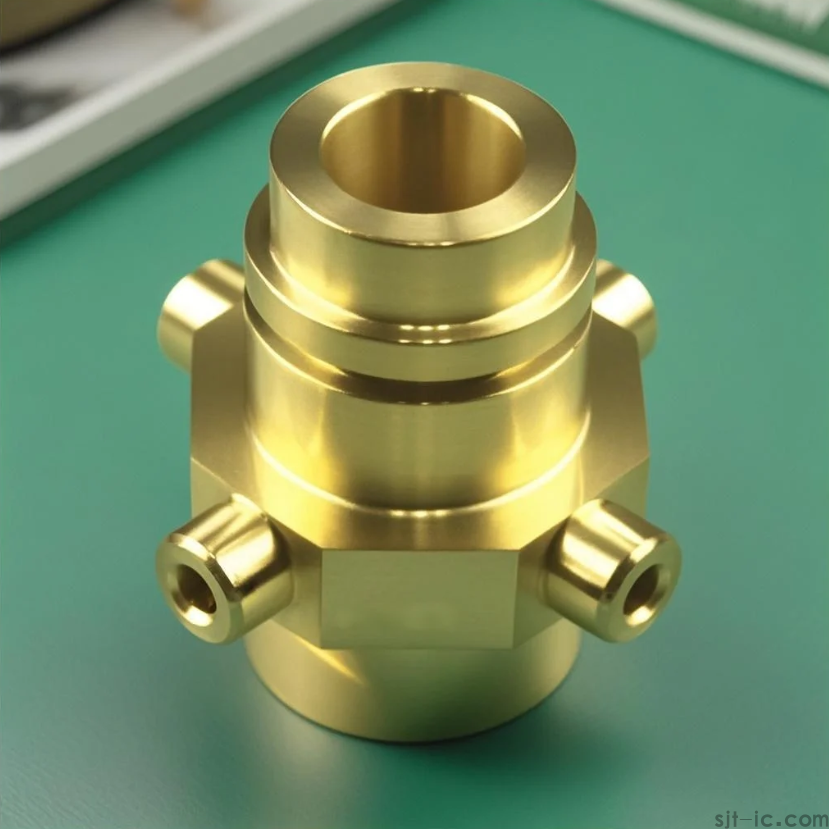
What Exactly Makes Brass Good for CNC Machining Anyway?
Brass is like that reliable friend who rarely lets you down in the workshop. But why? The secret sauce is copper and zinc – the two main ingredients. The zinc acts as a self-lubricant during cutting, which means your tools last longer and you get smoother finishes. Pretty neat, right?
However – and this is crucial – the exact copper-to-zinc ratio changes everything. Higher copper content typically means better corrosion resistance, while more zinc often improves machinability. It's this balancing act that determines which brass you should pick.
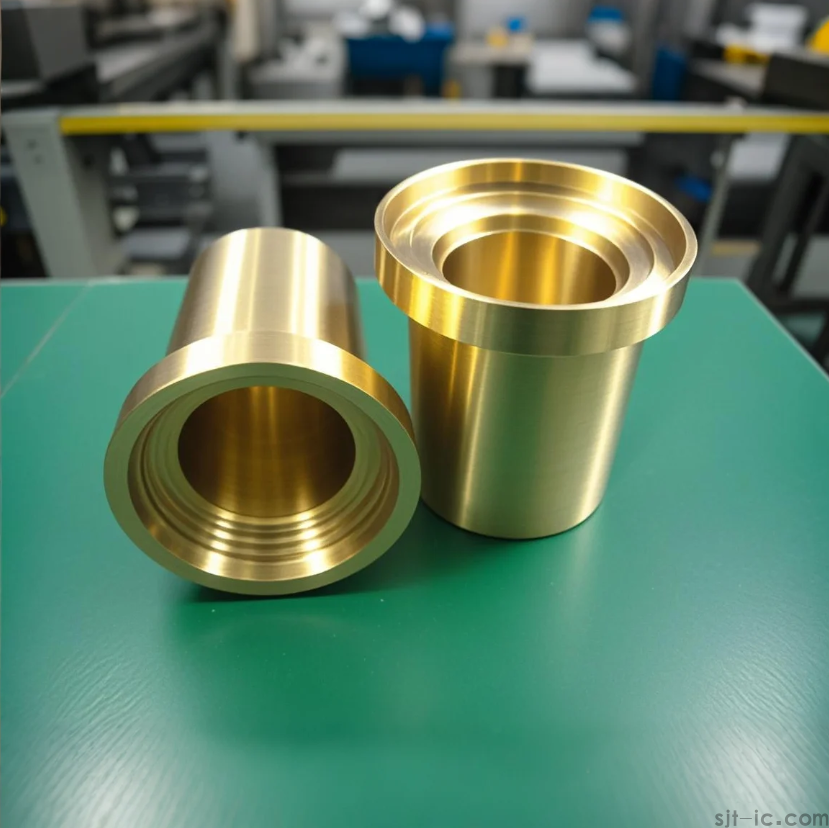
Free-Cutting Brass (C36000): The Workshop Favorite
If you've spent any time around CNC shops, you've definitely encountered C36000. It's the go-to choice for about 80% of general brass components, and for good reason:
• Unbeatable machinability: Rated 100% on the machinability scale (yes, that's the top score!)
• Great finish quality: Parts come out looking clean with minimal effort
• Reasonably priced: You get performance without breaking the bank
I've used C36000 for everything from plumbing fittings to electrical connectors. It just works. But here's the catch: it's not the best choice if your parts will face constant water exposure or need superior corrosion resistance.
When Should You Consider Other Brass Alloys?
While C36000 is fantastic, it's not a one-size-fits-all solution. Sometimes other brass alloys might serve you better:
• Naval brass (C46400): Your best bet for marine environments ⚓
• Architectural bronze (C38500): Perfect when appearance matters most
• Leaded brass (C35300): A solid alternative when C36000 isn't available
The specific mechanism of how lead content affects machinability across different brass types could use more research, but from my experience, even small amounts make a noticeable difference in cutting smoothness.

Real-World Factors That Actually Matter in Brass Selection
Technical specs are one thing, but here's what I've learned from actually making parts day in and day out:
• Lead content concerns: While leaded brass machines beautifully, there might be regulatory considerations for certain applications
• Post-processing needs: Some brass alloys take plating and finishing treatments better than others
• Supplier availability: Honestly, sometimes the "best" brass is the one your supplier actually has in stock
I've seen projects delayed for weeks waiting for that "perfect" alloy when a more available option would have worked just fine. Food for thought! 🤔
My Personal Take: Balancing Ideal vs. Practical in Brass Selection
After years in this business, here's my perspective: while C36000 free-cutting brass might be the optimal starting point for most CNC projects, the real art is knowing when to deviate. Don't get so caught up in finding the "perfect" material that you delay your entire production timeline.
Sometimes "good enough" now is better than "perfect" next month – especially when the performance differences between brass alloys in many applications are actually quite minimal. Just something to consider next time you're specifying materials! ✨


 Spanish
Spanish Arabic
Arabic French
French Portuguese
Portuguese Belarusian
Belarusian Japanese
Japanese Russian
Russian Malay
Malay Icelandic
Icelandic Bulgarian
Bulgarian Azerbaijani
Azerbaijani Estonian
Estonian Irish
Irish Polish
Polish Persian
Persian Boolean
Boolean Danish
Danish German
German Filipino
Filipino Finnish
Finnish Korean
Korean Dutch
Dutch Galician
Galician Catalan
Catalan Czech
Czech Croatian
Croatian Latin
Latin Latvian
Latvian Romanian
Romanian Maltese
Maltese Macedonian
Macedonian Norwegian
Norwegian Swedish
Swedish Serbian
Serbian Slovak
Slovak Slovenian
Slovenian Swahili
Swahili Thai
Thai Turkish
Turkish Welsh
Welsh Urdu
Urdu Ukrainian
Ukrainian Greek
Greek Hungarian
Hungarian Italian
Italian Yiddish
Yiddish Indonesian
Indonesian Vietnamese
Vietnamese Haitian Creole
Haitian Creole Spanish Basque
Spanish Basque

